How to tell if GS 441524 is working on your cat?
Clinical signs of positive response to treatment
You may be wondering whether the medicine is helping your feline friend's Feline Infectious Peritonitis (FIP) symptoms if you've prescribed GS 441524. To help you keep tabs on your cat's development and know when to call the doctor, this article will walk you through the symptoms that GS 441524 is having the desired effect.

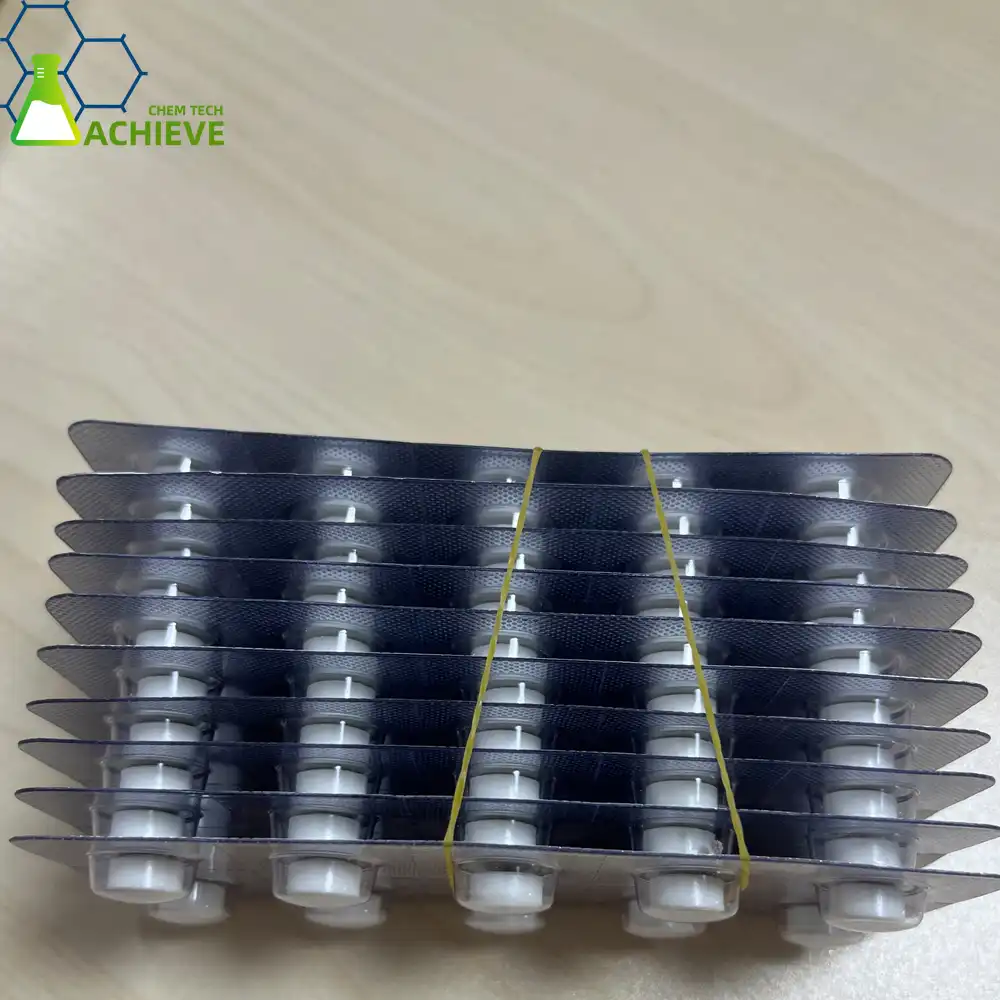

Clinical signs of positive response to treatment
When GS 441524 begins to take effect, you should observe improvements in your cat's physical condition. These changes can be subtle at first but become more apparent as treatment progresses.

Reduction in fever
One of the most immediate and reliable indicators that GS 441524 is working is a decrease in your cat’s body temperature. FIP often causes persistent fever, sometimes exceeding 104°F, which can leave cats lethargic and uncomfortable. As the antiviral begins to suppress viral replication, a return to normal temperature ranges (101.5°F to 102.5°F) indicates that the immune system is regaining control. Regular monitoring of your cat’s temperature, ideally twice daily, allows for timely recognition of improvement. A gradual and sustained reduction in fever is a positive sign that the therapy is taking effect.
Improvement in appetite
Cats with FIP often exhibit reduced appetite or complete anorexia due to systemic inflammation and viral burden. As GS 441524 begins combating the virus, owners may notice a gradual resurgence of interest in food. Your cat may start eating small amounts more frequently, showing curiosity about treats or wet food, and eventually resume a normal feeding pattern. Consistent monitoring of food intake not only indicates therapeutic progress but also supports overall recovery by ensuring proper nutrition, weight stabilization, and enhanced energy levels during treatment.
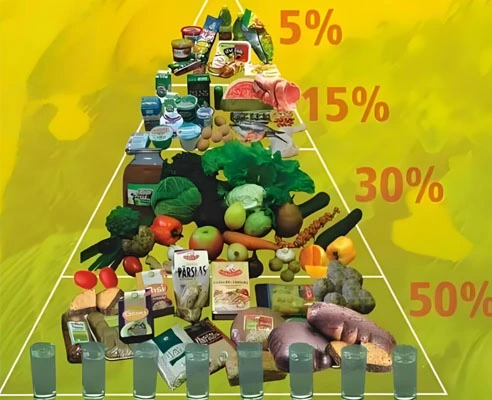
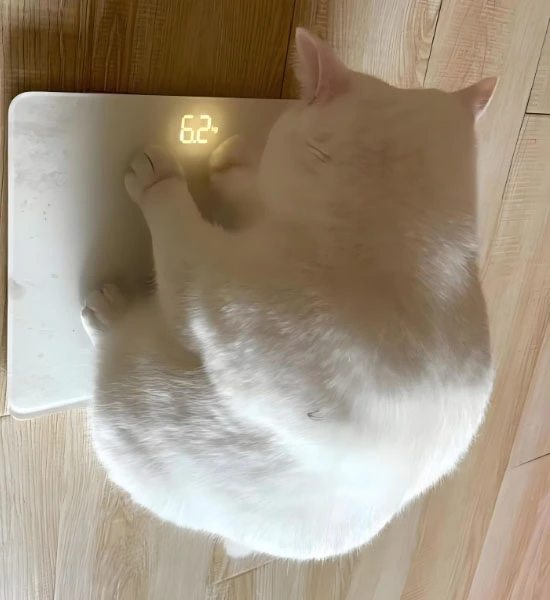
Weight gain
Weight loss is a hallmark symptom of FIP, resulting from poor appetite, metabolic disturbances, and chronic inflammation. Once GS 441524 effectively suppresses viral replication, a steady increase in body weight becomes one of the clearest signs of improvement. Tracking your cat’s weight on a weekly basis provides objective evidence of recovery. Even modest gains indicate that the body is beginning to rebuild lost muscle and fat stores. Weight gain, combined with increased appetite, improved energy, and normalized hydration, signals that the antiviral therapy is working effectively and the cat’s overall health is gradually restoring.
Reduction in effusion (for wet FIP)
In cases of wet FIP, fluid accumulation in the abdomen or chest can lead to difficulty breathing, abdominal distension, and discomfort. One of the most tangible indicators of GS 441524 efficacy is a noticeable reduction in effusion. As the viral load decreases, the body's inflammatory response lessens, leading to improved fluid reabsorption and reduced swelling. Owners may observe easier breathing, a flatter abdomen, and increased mobility. Gradual resolution of effusion also indicates that organ function, particularly of the lungs and abdominal organs, is stabilizing, which is a highly encouraging sign of positive treatment response.
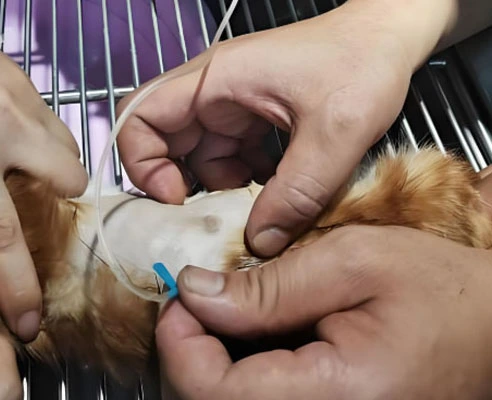
Laboratory markers indicating improvement
While observable changes are important, laboratory tests provide objective data to assess GS 441524's effectiveness.
Blood Work Improvements
Regular blood tests during treatment can reveal several key improvements:
- Increasing red blood cell count and hematocrit levels
- Decreasing white blood cell count (if initially elevated)
- Normalization of albumin to globulin (A:G) ratio
- Reduction in bilirubin levels (if initially elevated)
Decrease In Inflammatory Markers
FIP causes significant inflammation throughout the body. A reduction in inflammatory markers such as serum amyloid A (SAA) can indicate that GS 441524 is effectively combating the virus.
Improvement In Organ Function Tests
Depending on which organs were affected by FIP, your veterinarian may monitor specific organ function tests. Improvements in liver enzymes, kidney values, or other organ-specific markers can signify GS 441524's positive impact.
Behavioral indicators of recovery progress
Beyond physical and laboratory improvements, changes in your cat's behavior can provide valuable insights into their recovery.
Increased energy and activity levels
As GS 441524 begins to work, you may notice your cat becoming more active and playful. This increased energy is often one of the earliest signs of improvement.
01
Improved grooming habits
Sick cats often neglect grooming. A return to normal grooming behavior suggests your cat is feeling better and has more energy to devote to self-care.
02
Enhanced social interaction
Cats undergoing successful treatment may become more social, seeking attention and interaction with family members more frequently.
03
Better sleep patterns
Improved sleep quality and more regular sleep patterns can indicate that your cat is experiencing less discomfort and stress.
04
Conclusion
Monitoring your cat's response to GS 441524 involves observing a combination of clinical signs, laboratory results, and behavioral changes. While every cat's journey with FIP treatment is unique, these indicators can provide valuable insights into the medication's effectiveness. Remember that the GS-441524 is an investment in your cat's health, and seeing these positive changes can be reassuring.
It's crucial to maintain regular communication with your veterinarian throughout the treatment process. They can provide professional interpretation of your cat's progress and make any necessary adjustments to the treatment plan. With patience and careful observation, you can play an active role in your cat's recovery journey.
FAQ
1. How long does it typically take to see improvements with GS 441524 treatment?
Many cat owners report seeing initial improvements within the first 1-2 weeks of treatment. However, the timeline can vary depending on the severity of the FIP and the individual cat's response to the medication.
2. Can GS 441524 cure FIP completely?
While GS 441524 has shown promising results in treating FIP, it's important to complete the full course of treatment as prescribed by your veterinarian. Many cats have achieved remission with proper treatment, but long-term studies are still ongoing.
3. Are there any side effects of GS 441524 that I should watch for?
Some cats may experience mild side effects such as injection site reactions or temporary gastrointestinal upset. However, severe side effects are rare. Always report any concerning symptoms to your veterinarian promptly.
Choose BLOOM TECH for Your GS-441524 Needs
When it comes to sourcing high-quality GS-441524 for your veterinary needs, BLOOM TECH stands out as a reliable and trustworthy supplier. Our commitment to quality, competitive GS-441524 cost, and excellent customer service makes us the ideal partner for veterinary professionals and researchers alike. With our stringent quality control measures and GMP-certified production facilities, you can trust that our GS-441524 meets the highest standards of purity and efficacy.
Don't compromise on quality when it comes to treating FIP. Choose BLOOM TECH as your GS-441524 supplier and experience the difference in product consistency and customer support. For inquiries and orders, please contact us at Sales@bloomtechz.com. Our team is ready to assist you with all your GS-441524 needs.
References
1. Pedersen, N.C., et al. (2019). Efficacy and safety of the nucleoside analog GS-441524 for treatment of cats with naturally occurring feline infectious peritonitis. Journal of Feline Medicine and Surgery, 21(4), 271-281.
2. Murphy, B.G., et al. (2020). Treatment of cats with feline infectious peritonitis with the nucleoside analog GS-441524. Animals, 10(8), 1391.
3. Dickinson, P.J., et al. (2020). Antiviral treatment using the adenosine nucleoside analogue GS-441524 in cats with clinically diagnosed neurological feline infectious peritonitis. Journal of Veterinary Internal Medicine, 34(4), 1587-1593.
4. Addie, D.D., et al. (2020). Feline infectious peritonitis. ABCD guidelines on prevention and management. Journal of Feline Medicine and Surgery, 22(11), 1028-1048.

Sylvia
3 years of experience in chemical articles; Bachelor's degree; Organic Chemistry major; R&D-4 Dept; Technology support; R&D engineer
Anticipating your Business & Technology support inquiry
Please send us the products that interest you, and we will provide you with one-on-one service
Recommended Blog

Is FIP Treatment Too Expensive? How to Budget for GS-441524?



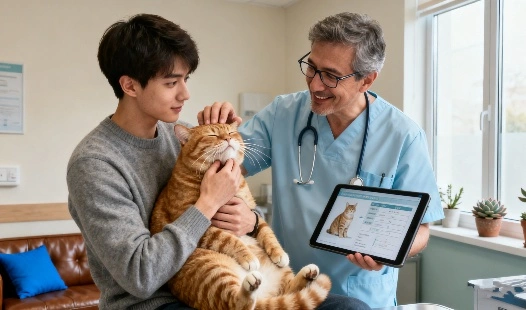
_副本_1758248142309.webp)

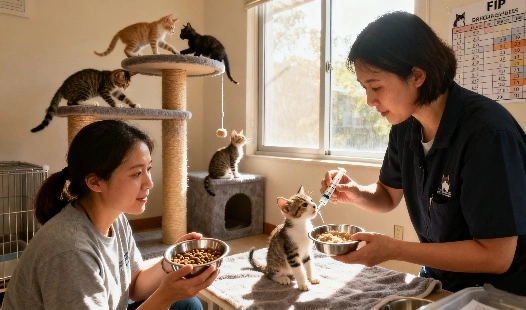
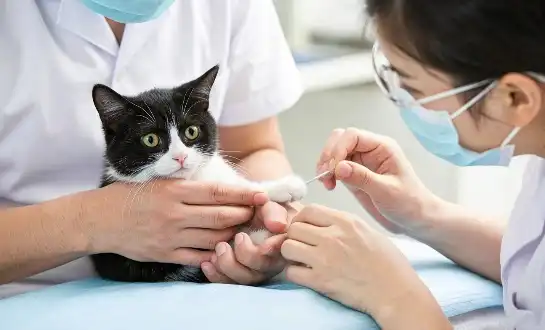

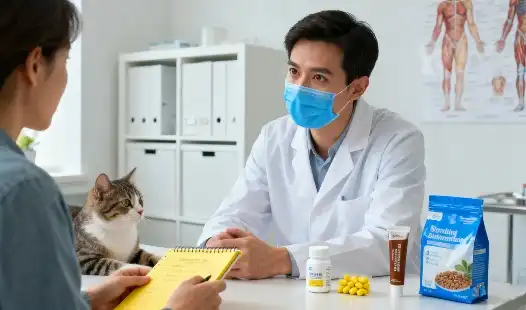
_副本_1757906640273.webp)
